Review: HTC Bolt for Sprint
Lock Screen
The Bolt runs Android 7 Nougat with HTC's Sense interface on top. Sense alters the lock screen a bit compared to the stock experience, in a good way.
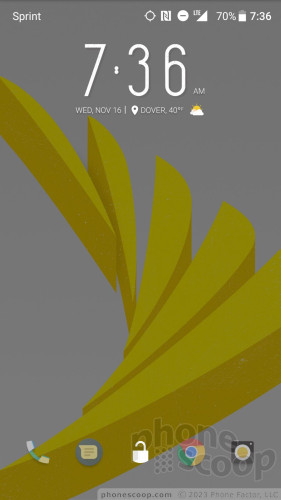
The lock screen shows the clock, notifications, and shortcuts whenever the screen lock or home buttons are pressed. I like that the clock includes the weather details for your current location, even though the time is shown in an odd font. As per the norm, you can select how revealing notifications are.
The Quick Settings panel is accessible from the lock screen, as is the full notification shade where you can respond to messages and more. These act as any stock Android phone might. The lock screen shortcuts, of which there are five, mirror whatever apps you've set in the home screen dock. That means more shortcuts than what stock Android typically offers.
The Bolt's fingerprint sensor is easy to train and easy to use. The front location is best suited to thumbprints, rather than prints from your forefinger. You may instead opt to use a PIN, pattern, or alpha-numeric password. The Bolt's sensor is on par with the fingerprint readers on iPhone 7 Plus and Google Pixel XL. It's definitely quick enough to be used as your primary unlocking method.
Home Screens
The home screen panel experience can be as simple or crazy as you want.
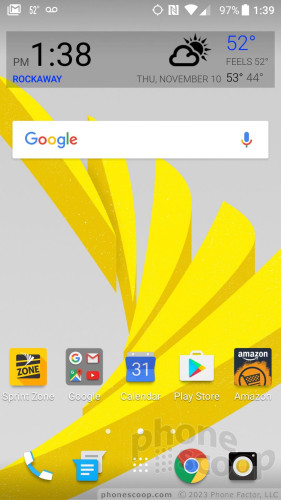
The phone has two panels active when first booted. Blinkfeed, HTC's social newsreader, can be set as the left-most home screen panel, or left inactive. The panels are fully customizable by end users and hold plenty of apps, shortcuts, and widgets.
As noted above, HTC left the Quick Settings panel alone, but it gave the settings menu its own fonts and colors. The settings are all arranged as they would be on a stock device, the menu is simply more colorful.
The Sense app drawer offers a lot more flexibility than the stock Android version, as it allows users to arrange apps alphabetically, in custom order, or via most-recently-used. It also lets people change the size of the grid. I (still) don't like that the app drawer doesn't scroll fluidly; instead it jumps vertically between full pages. The app drawer does include a search tool and supports folders.
The Bolt permits users to select from a handful of pre-installed themes. The themes can be tweaked with various accent colors, wallpapers, keyboards, fonts/sizes, and on and on. HTC's Freestyle themes — fully customizable — are available, as well.
The Bolt is powered by the Qualcomm Snapdragon 810 with 3 GB of RAM. This is an odd choice. The 810 was last year's semi-failed flagship processor from Qualcomm. A lot of phone makers skipped the 810 due to perceived heat problems. Qualcomm later said the heat issues were resolved, but the damage was already done. That HTC picked Qualcomm's year-old flagship processor is curious. You have to wonder if Qualcomm offered a serious discount on the chips or something.
That said, the Bolt felt as fast as devices with this year's Snapdragon 820 aboard. I didn't have any problems with the phone at all, which was blazing quick in all respects. The 810 did a fine job.
Camera
The Bolt does not have a dedicated camera button, but if you quickly double-press the lock button, the camera will launch in an instant. You can also launch the camera from the lock screen and from the home screen.
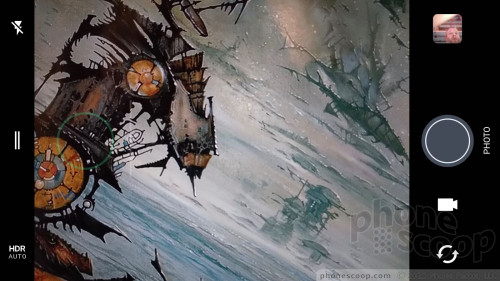
I like that the Bolt has separate buttons for snapping pictures and capturing video. This does two things: First, you don't have to change modes to record video, and second, you can easily take pictures while recording video.
When using the standard camera mode you can quickly set the flash and HDR tools to on, off, or auto. If you want to do more, swipe open the little drawer on the left side of the screen. This reveals all the Photo modes (normal, Zoe, panorama, pro), Video modes (normal, time lapse, slow-motion), and Selfie modes (picture, panorama, video). Having one mode list with these three groups (photo, video, and selfie) really simplifies the interface.
Most of these modes are pretty standard. The normal shooting mode gives you access to the flash and HDR and that's about it. The Pro shooting mode -gives you control over white balance, exposure, ISO, shutter speed (up to 2 seconds), and focal points. The sliding tools for adjusting these are straightforward. Pro mode also allows you to capture RAW images, which offer more potential for fixing exposure and white balance after the fact.
The Zoe mode takes a combination of pictures and video lasting about three seconds. This feature has been around for a while. The various video modes all function well.
I like the dedicated selfie mode where you can apply HTC's beautification filter, choose from several countdown timers, and illuminate your face with a screen-based flash that first checks white balance and then fires the shot.
Once you learn to navigate the app, the camera is quick and light on its feet.
Photos/Video
The HTC Bolt has a 16-megapixel camera with optical image stabilization, PDAF (phase-detection autofocus), and an aperture of f/2.0. The Bolt's camera does a fine job.
First, focus is very sharp. PDAF helps the Bolt dial in accurate focus in most shots. Color is accurate, too. I was pleased with the rich colors in most images. Exposure is the only place I saw some inconsistency. You can see in a couple of my shots below (shaded trees) that some are a smidgen underexposed. Still, most pictures turn out well.
The selfie camera does a fine job in both bright light and low light. It has an 8-megapixel sensor and the very helpful selfie light. The panorama mode lets you take super-wide selfies if you're so inclined, and the results can be fun. I was pleased with the quality of self portraits.

The video camera works well, too. It's able to capture 4K video, but you'll probably be best served by sticking to normal 1080p HD. The video I shot was sharp, colorful, and accurately exposed.
You can easily use the HTC Bolt as your main imaging device in most occasions. It is on par with most other phones in the $600 price point.
Sprint / HTC Stuff
Sprint has laden the Bolt with a ridiculous number of branded apps and services. It's a travesty how much garbage is on this phone. You can delete about half of the junk apps, but certainly not all of it.
The Bolt includes HTC's over-ambitious Boost+ app. Its goal is to keep the Bolt running smoothly. It examines your app usage and can help free up RAM and storage if needed. The app performs a quick analysis and will close or deactivate unused apps, or apps that are hogging resources. The same goes for storage. It can show you the apps you hardly use and offer to uninstall them to make room for whatever else.


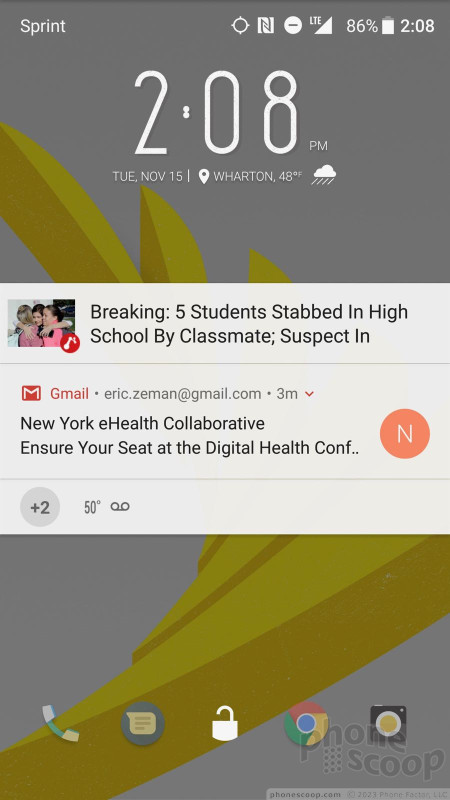






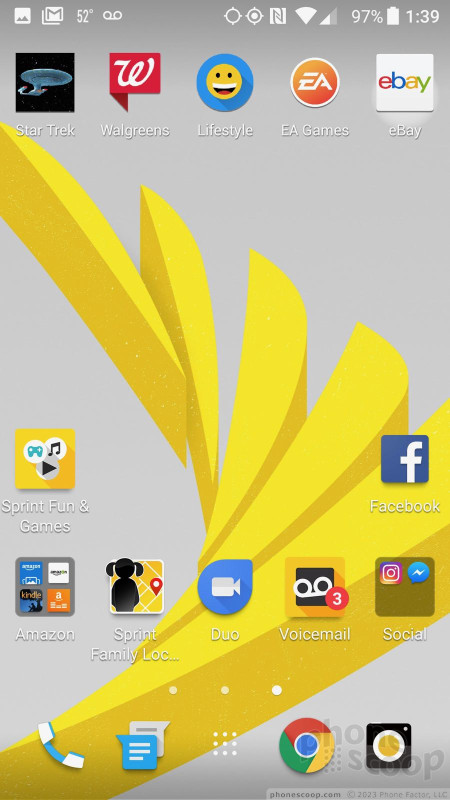








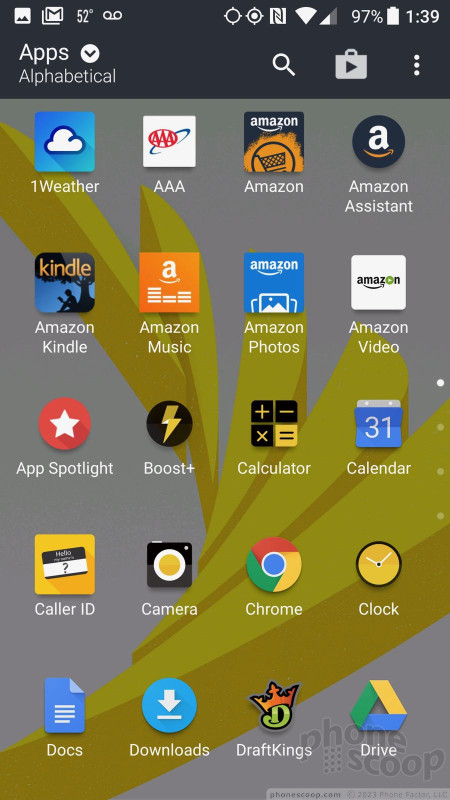








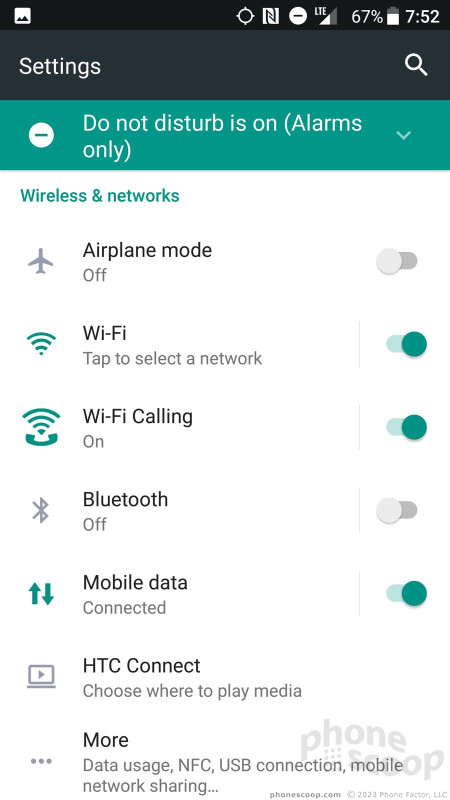








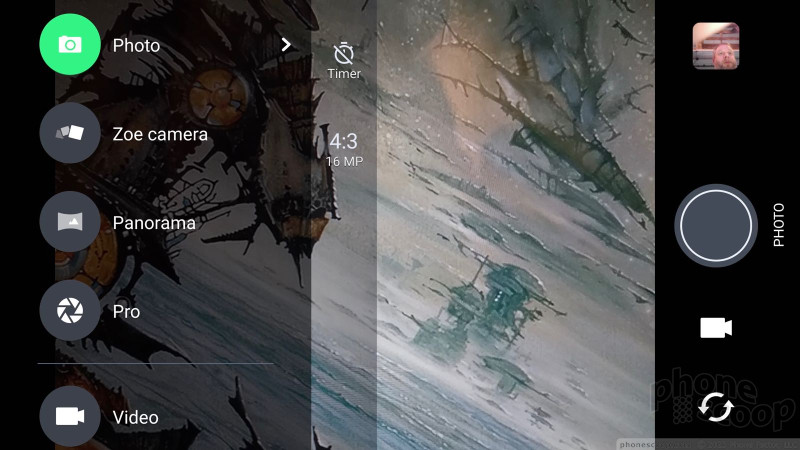






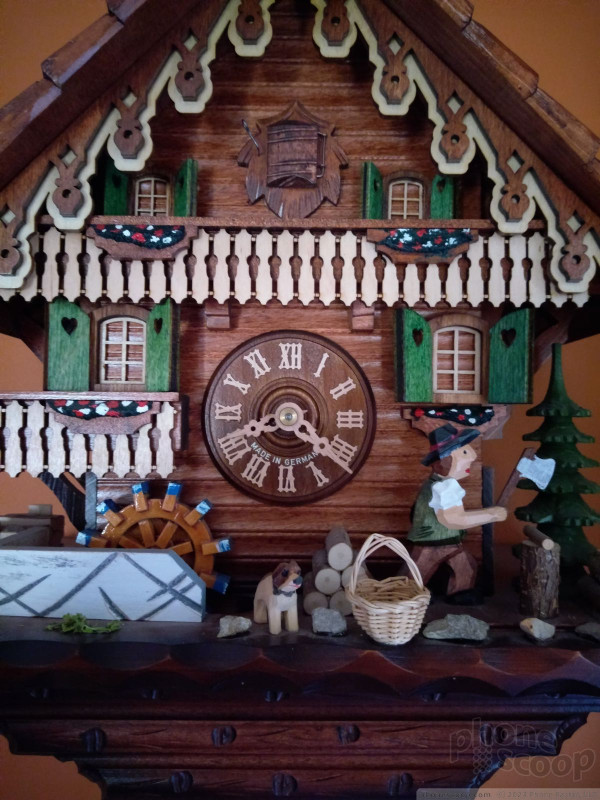
















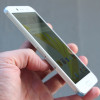 Hands-On with HTC Bolt for Sprint
Hands-On with HTC Bolt for Sprint
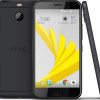 HTC Bolt, with 3-Channel CA, Is a Sprint Exclusive
HTC Bolt, with 3-Channel CA, Is a Sprint Exclusive
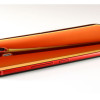 HTC Says Red Version of U11 Coming to the US
HTC Says Red Version of U11 Coming to the US
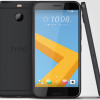 HTC to Sell the Bolt As the 10 Evo Overseas
HTC to Sell the Bolt As the 10 Evo Overseas
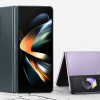 Samsung Refines its Foldable Phones
Samsung Refines its Foldable Phones
 HTC Bolt
HTC Bolt




